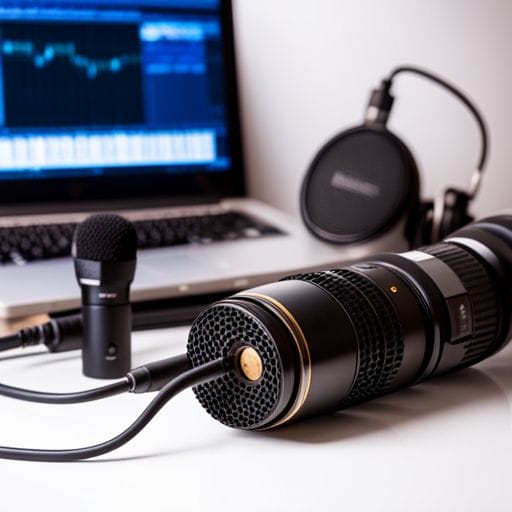What Is Phantom Power And How Does It Work With Microphones?

How does Phantom Power work with microphones?
The world of audio technology is loaded with a diverse range of devices, gadgets, and terms that may seem extremely foreign to the uninitiated. One of these terms that often pops up and usually causes confusion among the unversed is “Phantom Power”. This mysterious-sounding phrase has nothing to do with ghosts, but everything to do with how high-quality sound is achieved in the studio. So what exactly is phantom power and how does it work with microphones? Let’s delve deeper.
Understanding Phantom Power: What Is It?
Phantom power, in essence, is a technique that provides power to certain types of audio devices, including and most notably, microphones. In 1966, Neumann released a microphone which was powered without external cables or power supplies – it was powered directly through the microphone cable itself. This was the beginning of phantom power.
The market norm is to provide +48 volts to condenser microphones that do not have their own dedicated power source. It was called ‘phantom’ because the power supply isn’t directly connected to the device being powered.
How Does Phantom Power Work?
The phantom power supplies the necessary voltage directly through the microphone’s connecting cable, using the same three wires used for audio signals. One wire serves as a ground and the other two deliver the power. The power is added uniformly on both wires while the audio signal, which also passes through the same wires, remains unaffected.
Microphones That Use Phantom Power
Not all microphones need phantom power. Broadly, there are two types of microphones: dynamic and condenser. Dynamic microphones, which operate through electromagnetic induction, do not require any additional power source. They generate an electrical signal when they interact with sound.
Conversely, condenser microphones require an external power source to function. This is because they depend on an electrically-charged diaphragm and backplate assembly, which forms a capacitor. Phantom power is essential for these microphones to work, as it charges this assembly, allowing it to produce an audio signal that can be transformed into sound.
How to Supply Phantom Power
Phantom Power is typically supplied by audio interfaces, mic preamps or mixing desks – devices that you’d plug a microphone into before they connect to a computer or speaker system. Professional mixers usually come with a switch labelled “+48V” or “P48” which simply needs to be activated to supply phantom power.
It’s vital to ensure that your device is compatible with phantom power. While most modern audio devices are designed to accept it, some aren’t, and forcing a device that isn’t compatible with phantom power could potentially cause damage.
Conclusion
In conclusion, phantom power plays an indispensable role in modern sound recording and amplification. It fuels sensitive audio equipment, especially condenser microphones, allowing them to work flawlessly to capture and deliver high-quality sound.
As with any electronic device, one must exercise caution while using phantom power and ensure that the device will safely accept it. If used correctly and wisely, phantom power can significantly contribute to improving your audio setup’s output.
Want more Audio-tech tips?
Stay tuned for more articles dissecting the intriguing world of audio technology. In case of queries, don’t hesitate to ask in the comment section. Happy recording!
